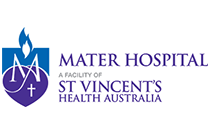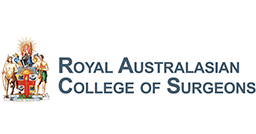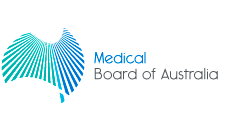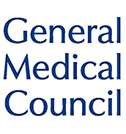Knee Pain
Pain in the knee arises from three main structures
Bone
Injury to the bone, such as with a fracture or break will cause pain. Most fractures are preceded by trauma such as a fall or an impact. However, sometimes the bone becomes weak and can fracture without an obvious cause. Osteoporosis, bone tumours and a condition called Avascular Necrosis can weaken the bone and can lead to the bone failing and causing a fracture.
Avascular Necrosis is when the blood supply to the bone becomes compromised and an area of the bone can die. This in itself can cause severe pain. The dying area of bone becomes weak and the overlying joint surface of the knee can then collapse, again causing pain. If the joint surface becomes irregular, the cartilage in this area degenerates and the knee can become arthritic very quickly. Any arthritis can cause pain.
Soft Tissue
The bones of the knee, Femur (thigh bone) Tibia (Shin bone) and Patella (knee cap) are held together with strong fibrous structures called ligaments. These structures, such as the Anterior Cruciate Ligament (ACL) can become damaged through injury. This is more common in younger sport orientated patients, (although it can happen at any age). Other ligaments around the knee include the Posterior Cruciate Ligament (PCL) and the collateral ligaments, Medical and Lateral (MCL, LCL) Ligaments holding the patella in place can also be injured. Ligament injuries range from a mild stretch or sprain to frank rupture/tear. Any injury to a ligament can cause pain.
Tendons are string like fibrous structures that attach muscles to bone and allow the force of the muscle to move the joint. Like ligaments, tendons can be sprained or torn/ruptured. Sometimes a tendon can be chronically inflamed (Tendonitis) and be painful. The Patella Tendon, running from the bottom of the patella to the front of the tibia is a typical example causing patella tendonitis.
The soft tissue lining the knee joint is called the synovium. This creates synovial fluid which lubricates the joint. Inflammation of the synovium can cause pain and swelling as it creates more fluid within the knee.
The Meniscus (pleural-menisci) or sports cartilages, are semi-circular rubbery structures that act as shock-absorbers between the femur and tibia and help to stabilise the joint. Tears of the menisci cause a sharp localised pain felt along the joint line or towards the back of the knee. The tears can be caused by a definite trauma or can even be caused by a minor twisting injury when the meniscus becomes degenerate and friable as can occur as the knee ages.
Cartilage
The Articular cartilage of the knee can wear out with age. The cartilage becomes less resilient as it ages and begins to split and crack. As this progresses the cartilage structure breaks down. This is called Osteo arthritis and causes pain. As the cartilage wears, the underlying bone becomes exposed and pain will increase. Arthritic pain is usually aching in nature, but exacerbations can be sharp.
Osteoarthritis is treated initially non-surgically but when these methods fail to control the pain and disability, Joint Replacement Surgery may become necessary.
Acute trauma to the knee can cause cartilage injury that leaves a defect in the joint surface. This can be purely cartilaginous, or can involve a small area of bone as well. This is called an Osteo-Chondral Defect (OCD).
Management of OCD depends upon many factors such as the size of the defect, whether it is attached or whether it is floating around the key causing locking, and the age of patient and activity levels. Small fragments are usually removed during an arthroscopy (Key-hole surgery). The defect can be drilled to promote healing, this is called Micro-fracture. Large fragments can be fixed into the defect with small screws or pins.













